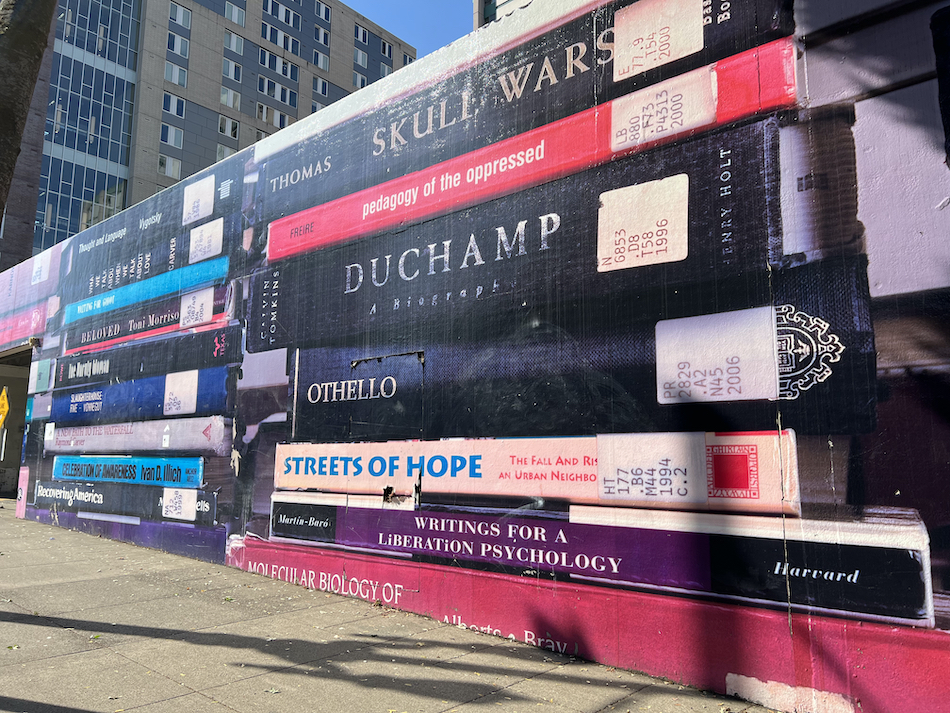What is it like to read and evaluate manuscripts from real authors? What is the best way to give authors feedback on their work in order to bring it one step closer to publication? How do you know if a story is the right one for our press to publish? These are just a few of the many questions I had when I became an acquisitions assistant for Ooligan Press.
Within the structure of Ooligan Press, there are many departments that students interact and work with, including editorial, design, marketing, social media, and more. Acquisitions is one of these departments, however, it may be the one that is the most mysterious to those new to Ooligan. Because acquisitions deals primarily with evaluating submitted manuscripts and searching for Ooligan’s next title to be published, much of the work is done by the acquisitions managers behind the scenes from what the rest of the press sees. Ooligan students do contribute to acquisitions by reading and evaluating one to two manuscripts per quarter, as well as possibly assisting with the pitch for each new title or the developmental edits for any manuscripts that are acquired. Other than this, acquisitions is a bit of a mystery.
Because of this, I was quite nervous when I found out I was to be an acquisitions assistant. So far, I had only read one manuscript and participated in a single pitch preparation. I didn’t think I had enough experience to help with the complicated, intuitive work that our acquisitions managers do, and I was also very conscious of the fact that as one of the acquisition assistants, I have a greater opportunity to work towards becoming one of the next acquisitions managers than most of my peers.
During our team meeting my first week as assistant, the managers, Alena and Jenny, asked about the questions or concerns I had in regards to my responsibilities in this new role. I asked them, how do I know if my judgment of a manuscript is right? I’m worried that I’ll focus on the wrong things and won’t make the correct judgment on someone’s work; how do I make sure this doesn’t happen?
These are hard questions to address because there isn’t a hard right and wrong when it comes to evaluating manuscripts. Some will be clear yeses, or obvious nos. Many will have split opinions between editors. Deciding whether or not a manuscript is right for Ooligan is different than at other publishing houses, but ultimately, Alena shared with me that it comes down to your gut feeling as a reader. We have all read hundreds of books; we have liked many of them, and disliked some of them. Felt neutral on others, and maybe even obsessed about a few. Taking these feelings into consideration when reading manuscripts is important because as an acquisitions editor, we have to decide if our press’s audience will want to read the work we are evaluating. As an acquisitions assistant, I have the opportunity to practice these skills with the support of more experienced editors to act as a sounding board. The more often I read manuscripts and reflect on their qualities, the better I will become at trusting my gut and following through with projects I believe in.
The things I am learning as an acquisitions assistant are important because they will allow me to decide if becoming an acquisitions manager is a good fit for me. In every area of Ooligan Press, I think that it is essential to take the unique opportunity provided by this program to help out in every department. This way, we as book publishers learn a lot of skills and can better judge where we might want to work post graduation. Despite the intimidating job description of the acquisitions management position, I plan to keep my mind open and learn as much as I can as an acquisitions assistant.

